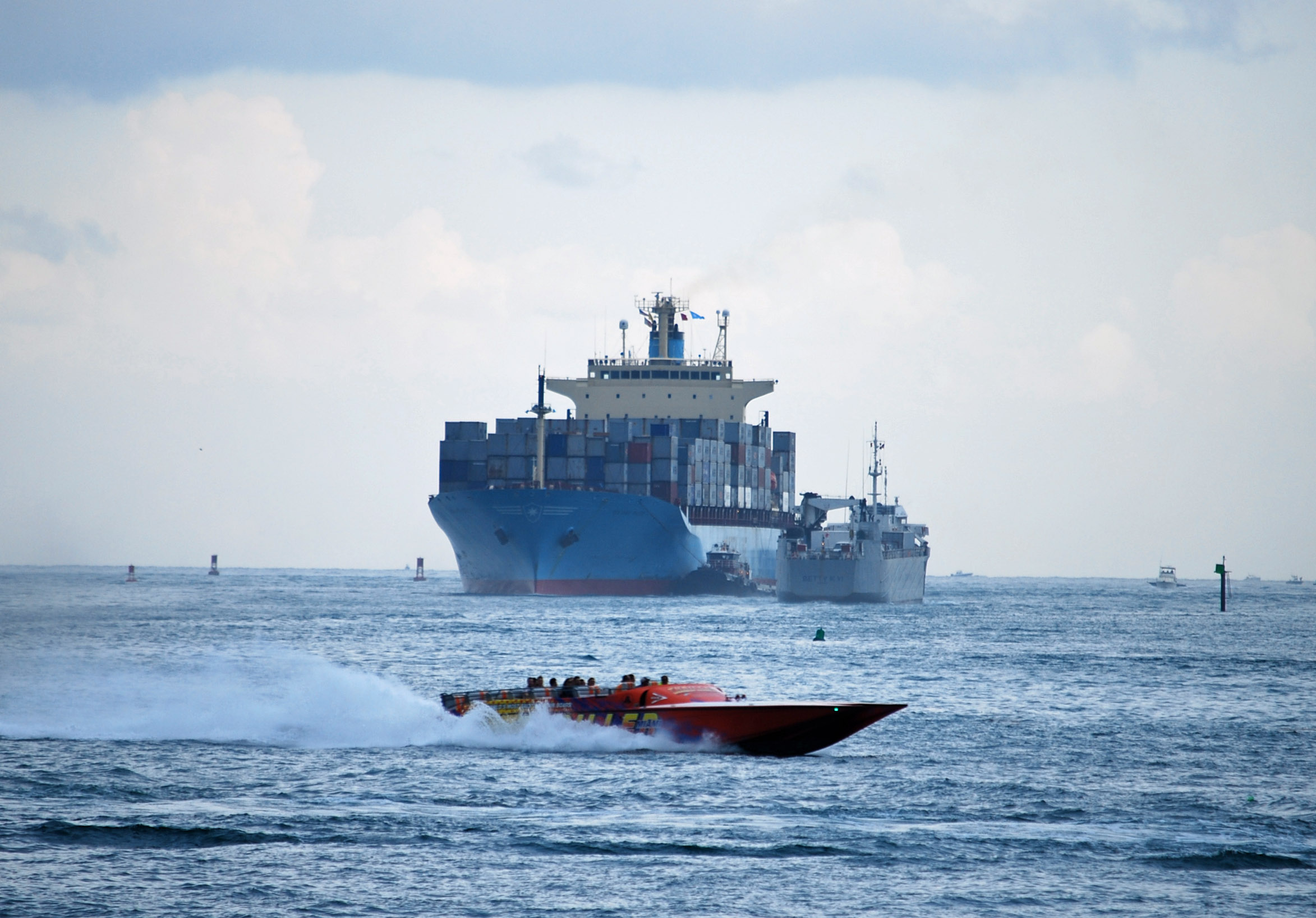The vast majority of harbor pilots currently licensed by the State of Florida have graduated from a four-year federal or state maritime academy, which are equivalent to the nation’s military academies, demanding a high level of scholastic performance in a military environment. A graduate of one of these maritime academies earns a bachelor’s degree and a U.S. Coast Guard license as a deck officer-third mate unlimited.
The recent graduate and newly licensed deck officer-third mate unlimited then leaves his or her family and goes to sea, serving on ocean-going vessels for 10 to 12 years, working his or her way up through increasing levels of responsibility, until the vast majority advance their license to an unlimited master and also sail in command of oceangoing ships.

If the licensed professional mariner chooses to become a harbor pilot within the State of Florida, they must wait for an opening in a port, apply for the opening, meet the required experience and physical requirements; then spend hundreds of hours studying for a very arduous exam that will test seamanship and require complete and accurate recall of every detail of the port in question. Once the licensed professional mariner has passed the exam, they will enter a training program as a deputy pilot.
The deputy harbor pilot will then train with licensed harbor pilots within the port for a period of up to three years, gradually increasing the size and difficulty of the vessels. Once this training is complete, a deputy harbor pilot must pass another rigorous exam before becoming licensed by the Department of Business & Professional Regulation.
Licensed harbor pilots will then work with the other pilots in the designated ports to handle the ship traffic coming inbound and outbound of the port. Licensed harbor pilots become responsible for the most dangerous part of the sea voyage for the ships and public at large – navigating the ships into and out of the ports, maneuvering through bays and narrow channels, under bridges and in proximity to Florida’s ports and shore facilities; all while contending with other ship and boat traffic and the effects of weather, wind, currents, tides and other challenges to safe vessel movement.
To obtain a harbor pilot’s license, there are numerous procedures that are highly-regulated and required by state law and board ruling. The state, through the Department of Business & Professional Regulation (DBPR) and its Board of Pilot Commissioners (Board), regulates which individuals receive their license.

A formal procedure determines the need for a new harbor pilot and who will be appointed to a port. Once a port requests a new deputy harbor pilot, DBPR and the Board determines which individuals are qualified to take the examination based on their list of applicants. After the exam results are thoroughly reviewed, the Board identifies the five highest-scoring candidates. Once the five individuals are established, the secretary will appoint one individual among the five candidates as the deputy harbor pilot. The deputy harbor pilot is determined based on the candidates’ scores and other qualifications.
The deputy harbor pilot is then sent to the port to be trained by the local member association. The DBPR and the Board oversee and approve port-specific training programs, monitor the deputy’s minimum two-year training, and when fully qualified and trained, they re-examine the deputy harbor pilot. Once this process is completed, the candidate can receive a state harbor pilot license.
It is important to note that this profession requires a commitment from an individual who has a strong and dedicated work ethic and is willing to go through the necessary training and educational procedures to become a licensed harbor pilot. Recent successful candidates have indicated that they studied at least 1,000 hours to prepare for the exam, and few candidates are appointed on their first attempt – most sit for the exam more than once.
To sit for the exam, applicants must have the following qualifications:
Qualifications can be specifically found in Florida Statute 310 and Rule Chapter 61G14-11.002 of the Florida Administrative Code.
For more information on how to become a harbor pilot within the State of Florida, please contact the DBPR at (850) 487-1395 or visit www.myfloridalicense.com/DBPR/harbor-pilots.
DBPR will no longer send notifications regarding deputy pilot openings by U.S. Mail. These announcements will only be available on the DBPR Board website. You can access the Board’s website by visiting www.myfloridalicense.com/DBPR/harbor-pilots and clicking on the Hot Topics/Important Information link. Deputy pilot openings are typically announced around October.
For more information, please contact the Board’s office at (850) 487-1395.
